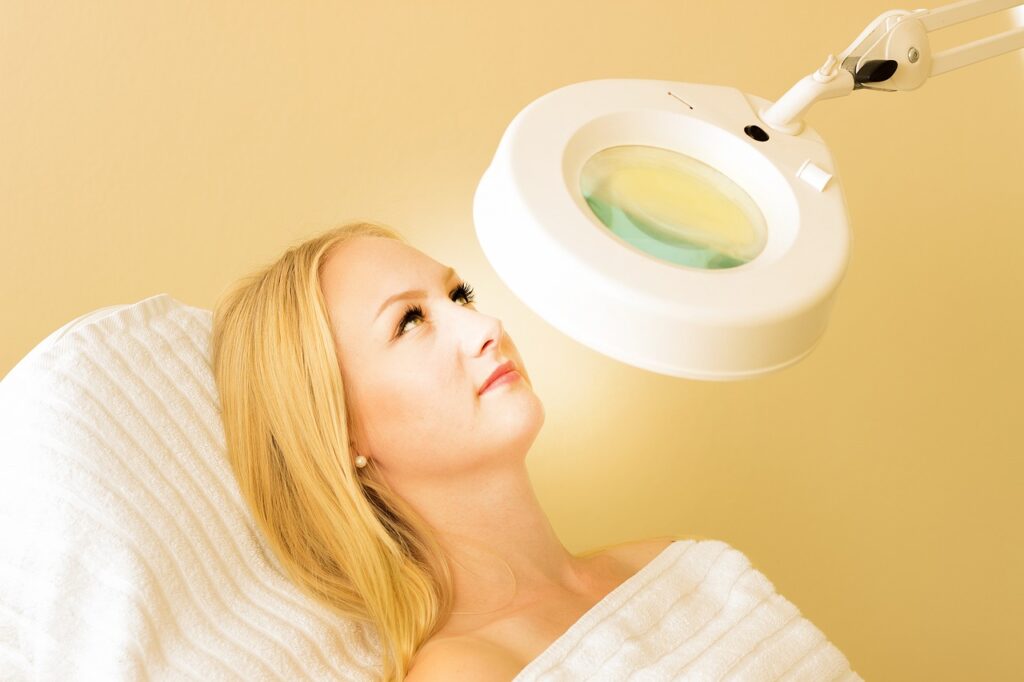Taking care of your skin is not just about looking good; it’s about feeling good too. Your skin is the largest organ of your body, acting as a barrier against external aggressors, and it deserves a routine that helps it thrive. Whether you’re a skincare newbie or someone looking to refine their routine, understanding the essentials of skincare is crucial. This guide provides comprehensive insights on how to take proper care of your skin, ensuring it remains healthy, radiant, and resilient. If you’d like to find out more about microneedling head over to Victorian Dermal Group.
Understanding Your Skin Type
Before diving into products and routines, it’s essential to know your skin type. Generally, skin types are categorized into five types: normal, oily, dry, combination, and sensitive. Identifying your skin type allows you to choose the right products and treatments that suit your specific needs. For instance, oily skin benefits from oil-free moisturizers and cleansers that control excess sebum, while dry skin requires rich, hydrating formulas that lock in moisture. If you’re unsure about your skin type, a dermatologist can provide an accurate assessment, but simple tests like the blotting sheet method can give you a general idea.
Understanding the Process of Chemical Peels
Chemical peels are a popular dermatological treatment designed to improve skin texture and tone by removing the outer layers of the skin. The procedure involves applying a chemical solution to the skin, which causes it to exfoliate and eventually peel off, revealing fresher, smoother skin underneath. Understanding the chemical peel process day by day is crucial for managing expectations; typically, the first few days involve redness and peeling, followed by a period of new skin regeneration. Post-treatment, it’s essential to follow aftercare instructions meticulously to ensure optimal results and minimize complications. Over time, chemical peels can significantly reduce the appearance of fine lines, sun damage, and acne scars.
The Importance of Cleansing
Cleansing is the foundation of any skincare routine. It removes dirt, excess oils, makeup, and impurities that accumulate on your skin throughout the day. Depending on your skin type, you may choose a gentle, foaming cleanser for oily skin or a hydrating, cream-based cleanser for dry skin. Double cleansing, which involves using an oil-based cleanser followed by a water-based one, is highly effective for thoroughly removing makeup and sunscreen. Cleansing should be done twice daily—once in the morning to remove overnight impurities and once in the evening to cleanse the day’s buildup. Never skip this step, as it ensures that your skin is ready to absorb the products you apply afterward.
Exfoliation for Radiance
Exfoliation is a key step in achieving glowing skin. It involves the removal of dead skin cells that can make your complexion look dull and clogged. There are two types of exfoliators: physical exfoliants, like scrubs, which manually remove dead skin, and chemical exfoliants, such as AHAs and BHAs, which dissolve dead cells and promote cell turnover. Depending on your skin’s tolerance, exfoliate one to three times a week. Over-exfoliating can strip the skin of its natural oils, leading to irritation and sensitivity, so it’s important to find a balance that works for your skin type.
Moisturizing for Hydration
No matter your skin type, moisturizing is a crucial step in any skincare routine. Moisturizers work to hydrate the skin, preventing dryness and flakiness while also strengthening the skin’s barrier. For oily skin, a lightweight, gel-based moisturizer may be sufficient, while those with dry skin might prefer a richer, creamier product. Moisturizers should be applied twice daily, right after cleansing and exfoliating (if applicable), to lock in moisture. If your skin feels tight or looks dull, it’s a sign that you may need a more hydrating formula. Additionally, incorporating ingredients like hyaluronic acid or glycerin can enhance the moisture-retaining abilities of your skin. To support skin health from within, consider adding a glutathione supplement to your routine, as it may help improve skin tone and hydration.
The Role of Sunscreen
Sunscreen is non-negotiable in any skincare routine. Ultraviolet (UV) rays from the sun are a major cause of premature aging, hyperpigmentation, and even skin cancer. Daily application of broad-spectrum sunscreen with at least SPF 30 protects your skin from these harmful effects. Apply sunscreen as the final step in your morning skincare routine, regardless of the weather or season. If you’re spending extended periods outdoors, reapply every two hours. Remember, even indoor exposure to sunlight through windows can affect your skin, so make sunscreen a daily habit.
Serums and Treatments
Serums and treatments are potent products that address specific skin concerns such as aging, hyperpigmentation, acne, or dehydration. They are packed with active ingredients like vitamin C, retinol, niacinamide, and peptides. When selecting a serum, focus on your primary skin concern. For example, vitamin C is excellent for brightening and protecting the skin against environmental damage, while retinol helps with anti-aging by promoting collagen production. Apply serums after cleansing and before moisturizing, typically in the evening when your skin is in repair mode. It’s important to introduce powerful ingredients like retinol slowly into your routine to avoid irritation. If over-the-counter treatments aren’t sufficient to address persistent issues like acne scars, you might consider professional options for acne scar removal in Singapore.
Taking proper care of your skin is a journey that combines understanding, consistency, and patience. By following these steps, you’ll be well on your way to achieving and maintaining beautiful, healthy skin.




